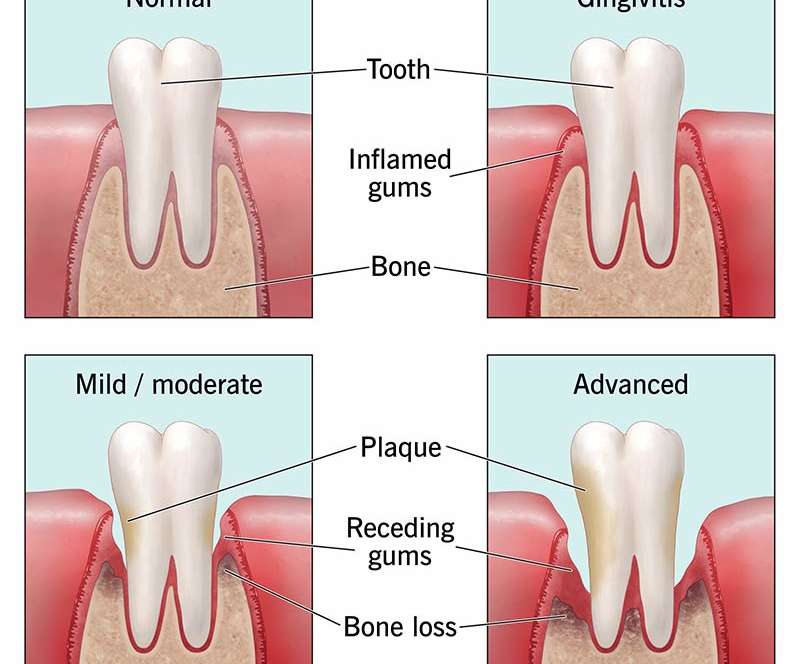How is pulpitis treated?
For reversible pulpitis, your dentist will try to remove the cause. Often, this involves the removal of the decay and sealing the tooth with a normal filling.
Irreversible pulpitis requires more intensive treatment to remove the pulp tissue. Treatment options include:
- Root canal: You usually go to an endodontist (a dentist who specializes in treating pulp infections) for a root canal. They remove the infected pulp and clean out the root. Next, they fill the empty root canal and seal the tooth. You’ll return to your dentist a few weeks later for a crown to cap your tooth.
- Tooth removal: Some people opt for tooth extraction. Your dentist will discuss your options for replacing the tooth, including a dental implant or dental bridge.
Antibiotics aren’t a treatment for pulpitis, but they may help prevent the problem from progressing into an infection if there’s a delay in your treatment.
What are the possible complications of pulpitis?
Left untreated, pulpitis can spread, leading to infection or an abscess. This can cause:
- Pain.
- Fever.
- Swollen neck glands.
If the area does become infected, it can also spread to your jawbone (osteomyelitis) and the soft tissues in your head, neck and chest. If not treated, these infections can be life-threatening.



